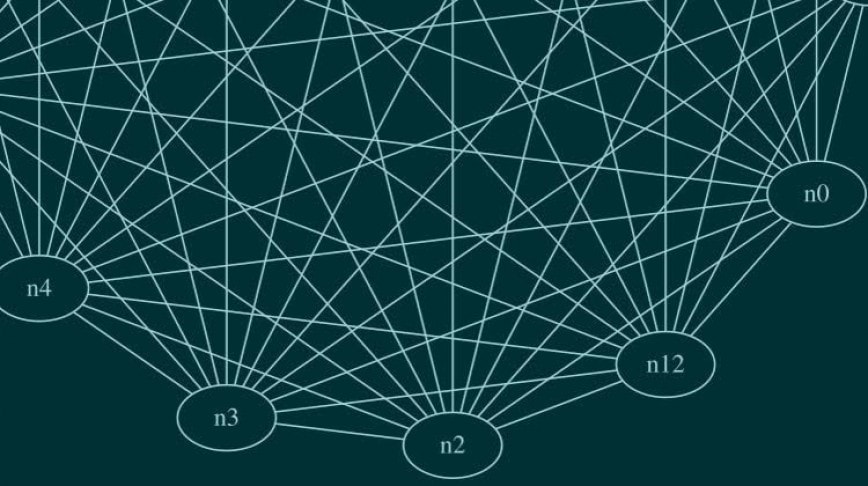In the era of the Intelligent Enterprise, the ability to automate is easier than ever. Today’s technologies — SAP Analytics Cloud, SAP SuccessFactors software, SAP Fieldglass solutions — go beyond delivering insights, arming companies with predictive and prescriptive capabilities. This is changing the game, making the leap over HR hurdles an increasingly effortless one.
Previously, we looked at building digital confidence in HR and how analytics can prepare the workforce for the future of work. Here, we solve some of the traditional concerns in HR with a focus on how to deliver these capabilities better and faster than ever before.
3. Tactical Talent Procurement
Hiring is a critical lever for bringing talent into a company. It’s often also a critical weakness. With pressure to fill gaps, time upon time, organizations fail to look toward the future with hiring decisions. The result? Bad hires.
Close to 80 percent of annual turnover stems from bad hiring decisions, leaving drains on profitability and other employees to pick up the slack. As the success of an organisation often lies in the hands of its talent, an unrefined hiring strategy can be costly.
Using analytics, HR can assess candidates early and more thoroughly. Where the art of hiring was once a skill, it must now blend in science.
- Solidify the basis for recruiting: Visualize recruitment KPIs such as new recruit failure factor, employee brand strength, on-time talent delivery, hire source effectiveness and in highly competitive talent markets offer acceptance rate. Drill down and track the success of referrals and agency placements, determining whether internal or external hires generate a greater return on investment.
- Distill the number of bad hires: Identify key performers in the organization, looking at experience, qualifications, networks and skillset – determine from this, what tends to constitute a good hire. Use these traits to predict and visualize how likely a candidate is to increase the overall quality and productivity of the workforce. To validate the procurement process, correlate this with how satisfied managers are with their staff. Additionally, determine which hiring managers bring in or promote the best talent.
- Support corporate objectives: Analyze areas where diversity and inclusion targets are not being met. To eliminate this at its inception, use the job analyzer functionality in SAP SuccessFactors Recruiting which employs machine learning to flag language that reflects gender bias during the recruitment process. Create competitive job descriptions that expand talent pools and target the best candidates for every role. Read more about driving your business beyond bias here.
4. Weatherproofing Employee Well-being
Over a lifetime, up to 90,000 hours will be spent at work. Fatigue, stress and overwork lead to burnouts and productivity soon plummets – failure to cope with a stress-inducing corporate culture is costing employers on average $2,000 per year per employee.
Healthy work forces on the other hand, are linked to better business outcomes and more engaged, productive, creative and innovative employees. A study by SAP found that a one percent point change in its business health culture index equated with an addition of €85-95 million in operating profit.
The importance of well-being is a no-brainer. At an organizational, relational and individual level, HR can leverage analytics to strengthen employee well-being.
- Organizational: Use SAP Analytics Cloud to understand how well-being varies across lines of business and market units, implementing well-being initiatives that are suited to departmental needs. Use dynamic time filters to create automatically updating charts that demonstrate the impact of these programs on performance, turnover, creativity, engagement and customer satisfaction over time.
- Relational: Correlate the effectiveness of a manager with leave and absenteeism, assessing whether particular managerial styles are drivers for stress. Use this to identify potential breeding grounds for negative behavior, unbalanced workloads and unrealistic expectations.
- Individual: Using SAP SuccessFactors Work-Life, allow employees to answer behavioral questions that generate personalized content related to emotional well-being, nutrition, sleep and social interactions. Use this data to model what-if scenarios such as flexible working options, to see how short-term absences and areas of disruption to the organization change.
Reinvigorating for the Race Ahead
For HR, challenges are inevitable. The future of work is a steeplechase and the hurdles are never-ending. It’s with intelligent analytics that HR can start to knock these down, one by one, making the unsolvable solvable.







